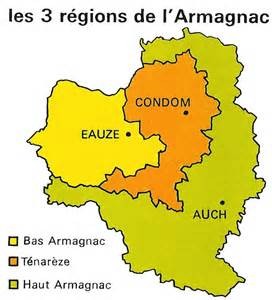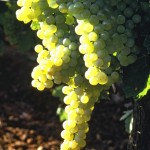What is the Meaning of 'Paradis'?
‘Paradi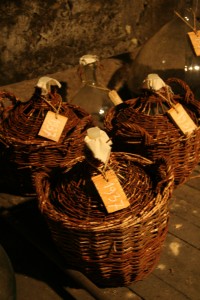 s’ is the French word for ‘paradise’ and in the cognac industry it is used to describe a designated area in the innermost recess of the cellar. Not every cognac house has a ‘Paradis’ but those that exist are steeped in history. Many cognac families select a few of their finest cognacs for storage in the Paradis. The point when a cognac has gained all the benefit it can from the wood depends on many factors but ultimately, it is when the cellar master decides that it has reached its optimum quality. At this stage the cognac is put into glass bonbonnes and sealed so that the generations of gentle maturation in the barrel are preserved. A cognac that has lasted in oak without deterioration for perhaps 60, 70, 80 or even 90 years is going to be good, very good and will have developed the much sought after rancio. There is little doubt that these ‘Paradis’ cognacs will be superb masterpieces and truly exceptional amongst other cognacs, perhaps worthy only of paradise.
s’ is the French word for ‘paradise’ and in the cognac industry it is used to describe a designated area in the innermost recess of the cellar. Not every cognac house has a ‘Paradis’ but those that exist are steeped in history. Many cognac families select a few of their finest cognacs for storage in the Paradis. The point when a cognac has gained all the benefit it can from the wood depends on many factors but ultimately, it is when the cellar master decides that it has reached its optimum quality. At this stage the cognac is put into glass bonbonnes and sealed so that the generations of gentle maturation in the barrel are preserved. A cognac that has lasted in oak without deterioration for perhaps 60, 70, 80 or even 90 years is going to be good, very good and will have developed the much sought after rancio. There is little doubt that these ‘Paradis’ cognacs will be superb masterpieces and truly exceptional amongst other cognacs, perhaps worthy only of paradise.
The superb quality of these specially selected, ancient cognacs is the reason that we have n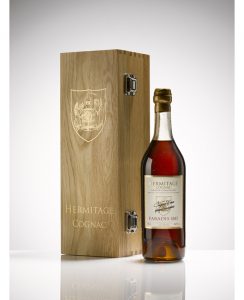 amed our pre-1900 Hermitage Cognac range ‘Paradis‘. These fine old nectars, distilled between 1875 and 1893, have been preserved and locked away until their greatness can be recognised by true connoisseurs. The Angels have had their ‘share’, and what’s left is worthy of far higher. Aged for decades, if not a century or more, these pure cognacs were produced over 120 years ago – they really are history in a bottle.
amed our pre-1900 Hermitage Cognac range ‘Paradis‘. These fine old nectars, distilled between 1875 and 1893, have been preserved and locked away until their greatness can be recognised by true connoisseurs. The Angels have had their ‘share’, and what’s left is worthy of far higher. Aged for decades, if not a century or more, these pure cognacs were produced over 120 years ago – they really are history in a bottle.
And yet, there is another ‘Paradis’ in the world of cognac. Crafted in 1979, by Hennessy, it is a blend of specially selected ‘eaux de vie’. Hundreds, if not thousands, of cognacs have been merged to produce their version of paradise, packaged in the iconic Hennessy decanter with eye catching packaging. Relatively cheap at about £1,000 per unit but do beware, the cognac will not have an age statement and very little, if any, will come from a true ‘Paradis’.

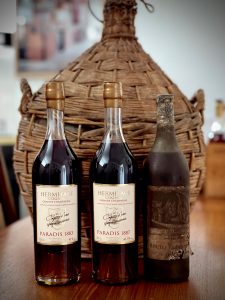 We have had an exciting week adding new products to our shelves all of which are nineteenth century cognacs. One is in fact a pre-phylloxera cognac and the others were produced at the time when the louse outbreak was sweeping through France. Two of the cognacs are additions to our Paradis range, and therefore are in extremely limited supply, and the other is a particularly rare bottling from Roullet & Delamain. Enjoy exploring them:
We have had an exciting week adding new products to our shelves all of which are nineteenth century cognacs. One is in fact a pre-phylloxera cognac and the others were produced at the time when the louse outbreak was sweeping through France. Two of the cognacs are additions to our Paradis range, and therefore are in extremely limited supply, and the other is a particularly rare bottling from Roullet & Delamain. Enjoy exploring them: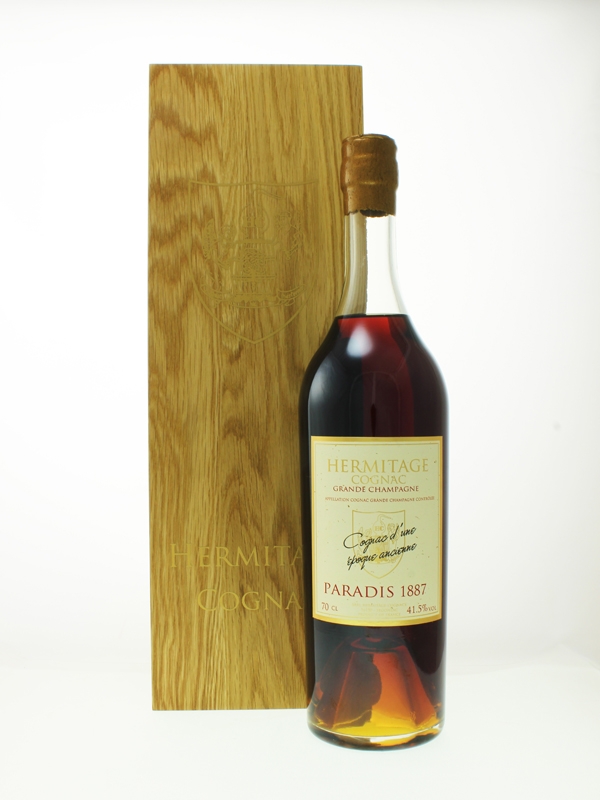
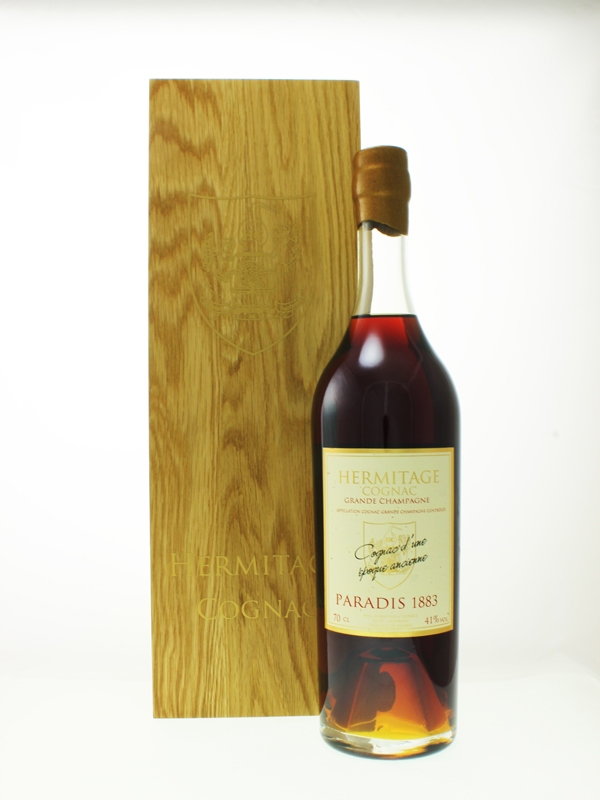
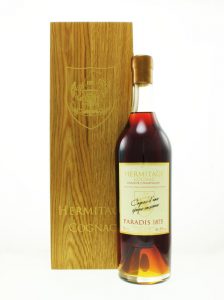 We are very excited to introduce a new cognac to our shelves, and our Hermitage Paradis range, the 1875 vintage. Only a few bottles remain of this old 1875 cognac which originally came from a cellar near Bouteville, in the cru now known as Grande Champagne. It was distilled on a very small still and then aged for more than 75 years in a cellar built against a limestone cutting. The cellar floor and walls were natural, with no cement or concrete, which made it ideal for ageing old cognacs.
We are very excited to introduce a new cognac to our shelves, and our Hermitage Paradis range, the 1875 vintage. Only a few bottles remain of this old 1875 cognac which originally came from a cellar near Bouteville, in the cru now known as Grande Champagne. It was distilled on a very small still and then aged for more than 75 years in a cellar built against a limestone cutting. The cellar floor and walls were natural, with no cement or concrete, which made it ideal for ageing old cognacs.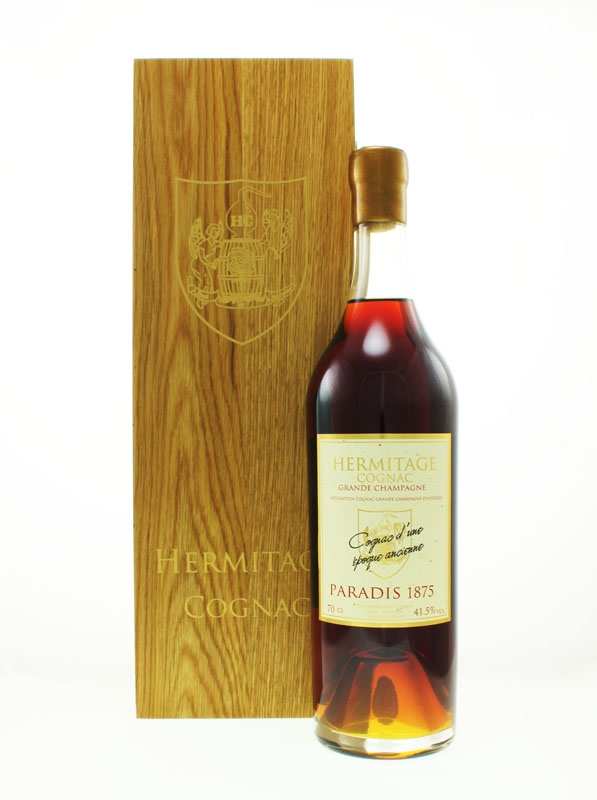
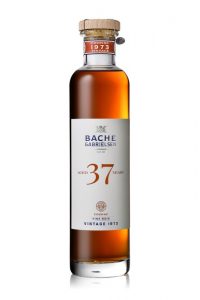 Cognac house Maison Bache Gabrielsen has released a new series of cognacs with age statements called Years in Cask. Good to see them following in our footsteps! These cognacs are also vintages so by definition they must be single estate and cannot be blended. Once vintage cognacs have reached their optimum maturity they are transferred to glass bonbonnes where they will mature no further.
Cognac house Maison Bache Gabrielsen has released a new series of cognacs with age statements called Years in Cask. Good to see them following in our footsteps! These cognacs are also vintages so by definition they must be single estate and cannot be blended. Once vintage cognacs have reached their optimum maturity they are transferred to glass bonbonnes where they will mature no further.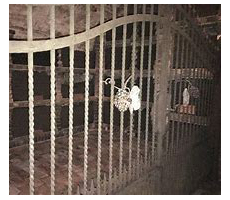 Not every cognac house has a Paradis – a designated area in the innermost recess of their cellar – but those that exist are steeped in history. Back in the early eighties, having discovered a cognac which I really liked, I went to the Charente to try and discover its origin. I ended up in Cognac’s twin town, Jarnac, standing in front of an elegant wrought iron gate with an imposing key. Behind it were about 100 very dusty bonbonnes, each with a chalk board describing what was in them. What an eye opener – they contained cognacs which dated from as early as 1805. Each bonbonne (a sort of demijohn in a basket), contained about 30 litres of prized spirits and was sealed with wax to maintain its superior qualities.
Not every cognac house has a Paradis – a designated area in the innermost recess of their cellar – but those that exist are steeped in history. Back in the early eighties, having discovered a cognac which I really liked, I went to the Charente to try and discover its origin. I ended up in Cognac’s twin town, Jarnac, standing in front of an elegant wrought iron gate with an imposing key. Behind it were about 100 very dusty bonbonnes, each with a chalk board describing what was in them. What an eye opener – they contained cognacs which dated from as early as 1805. Each bonbonne (a sort of demijohn in a basket), contained about 30 litres of prized spirits and was sealed with wax to maintain its superior qualities.